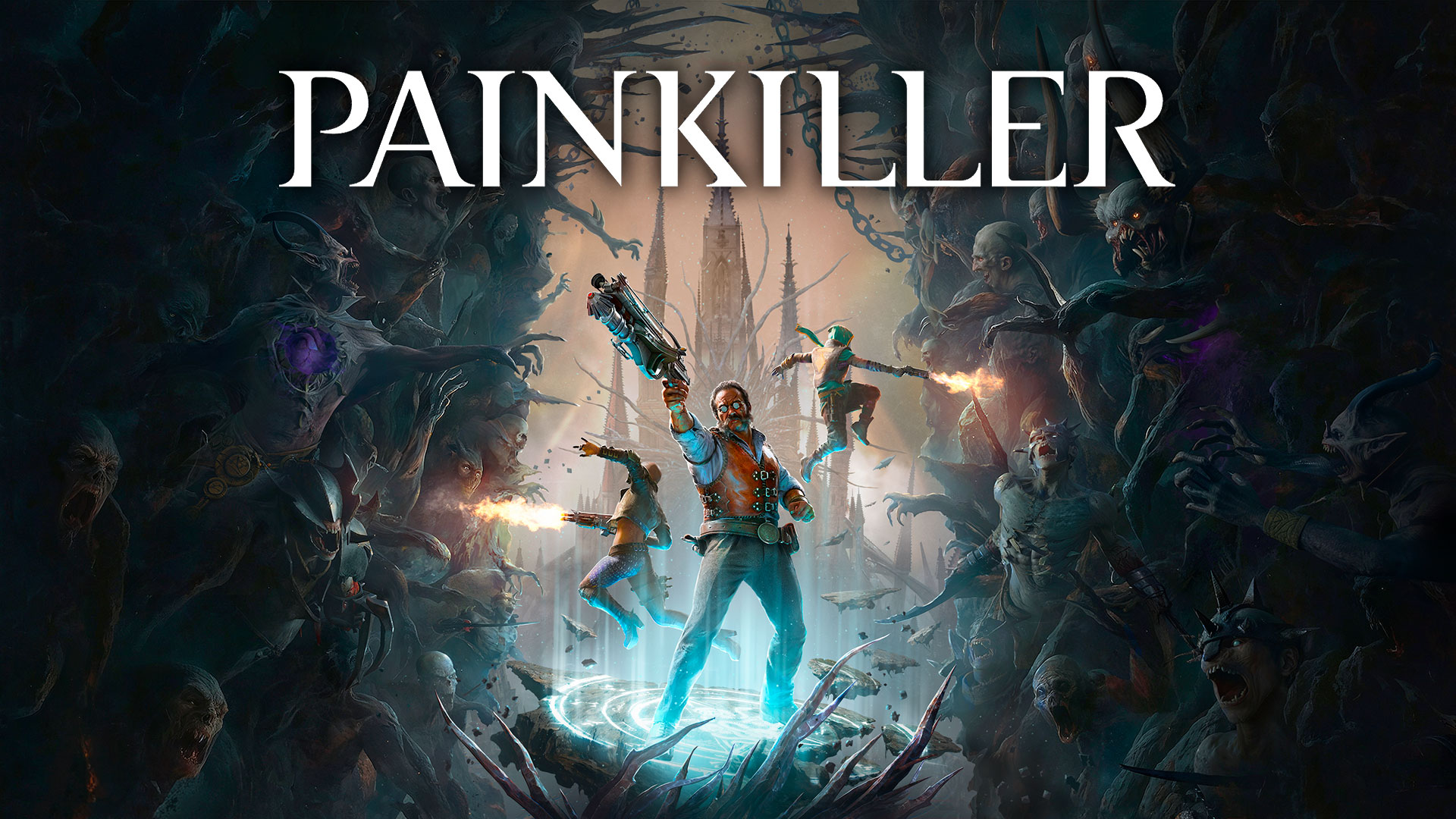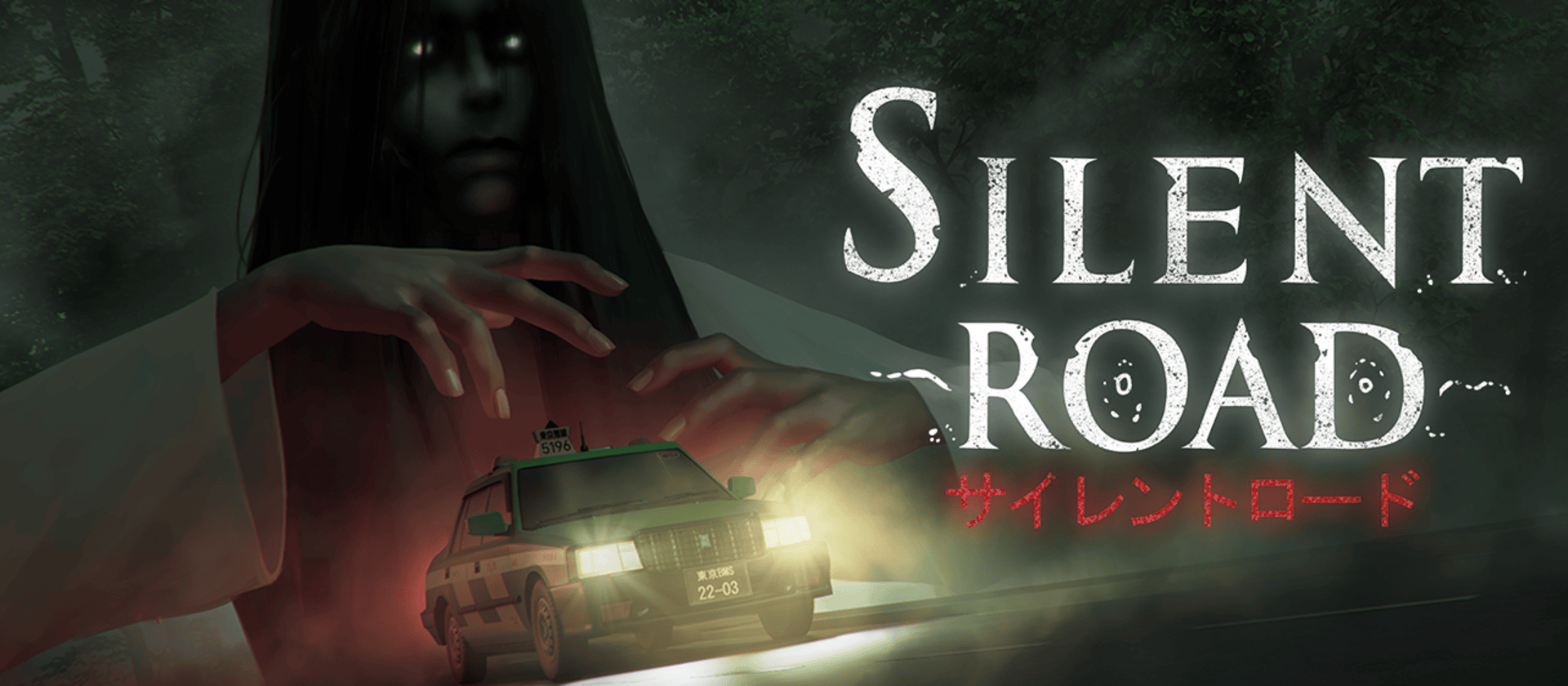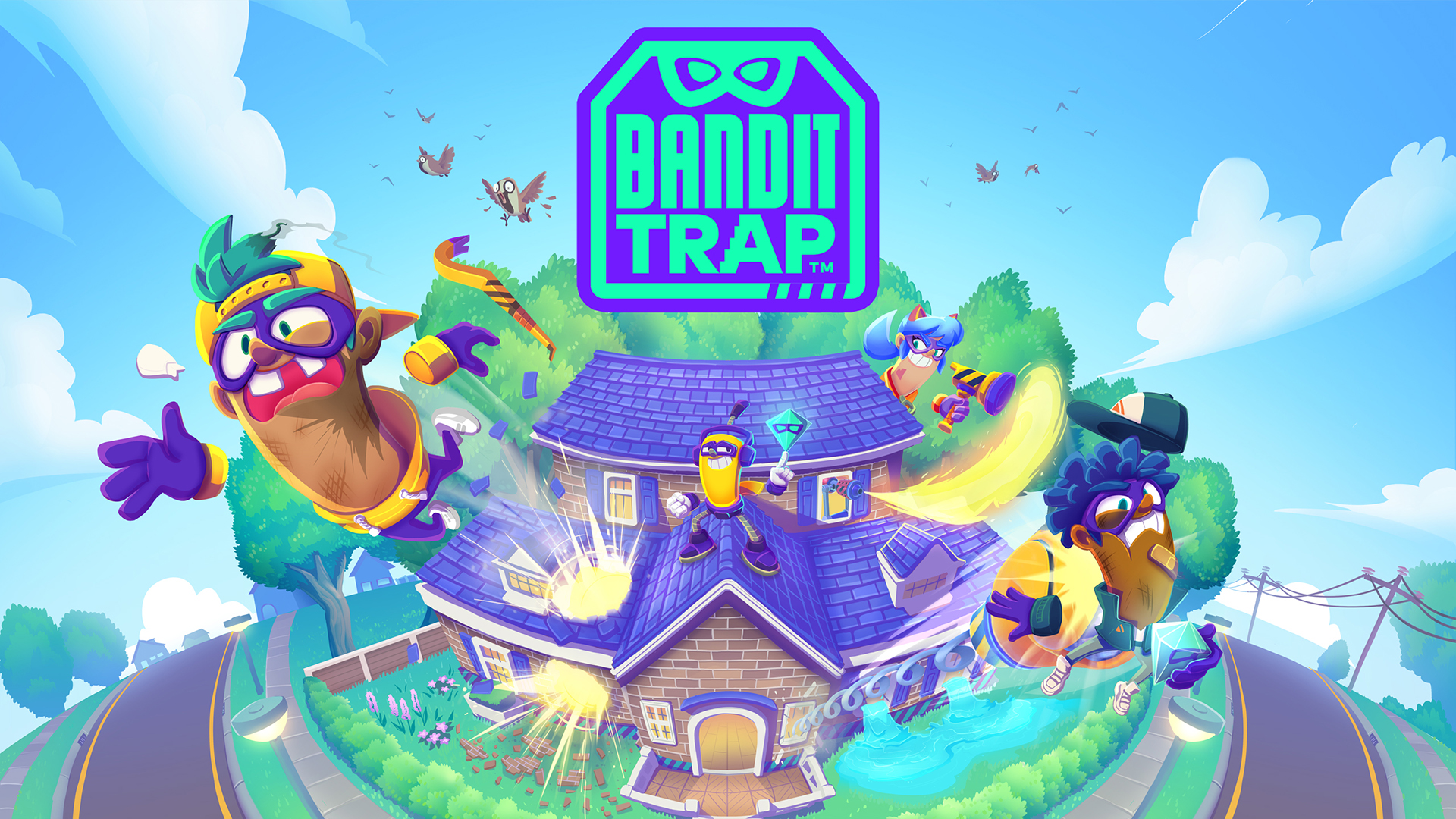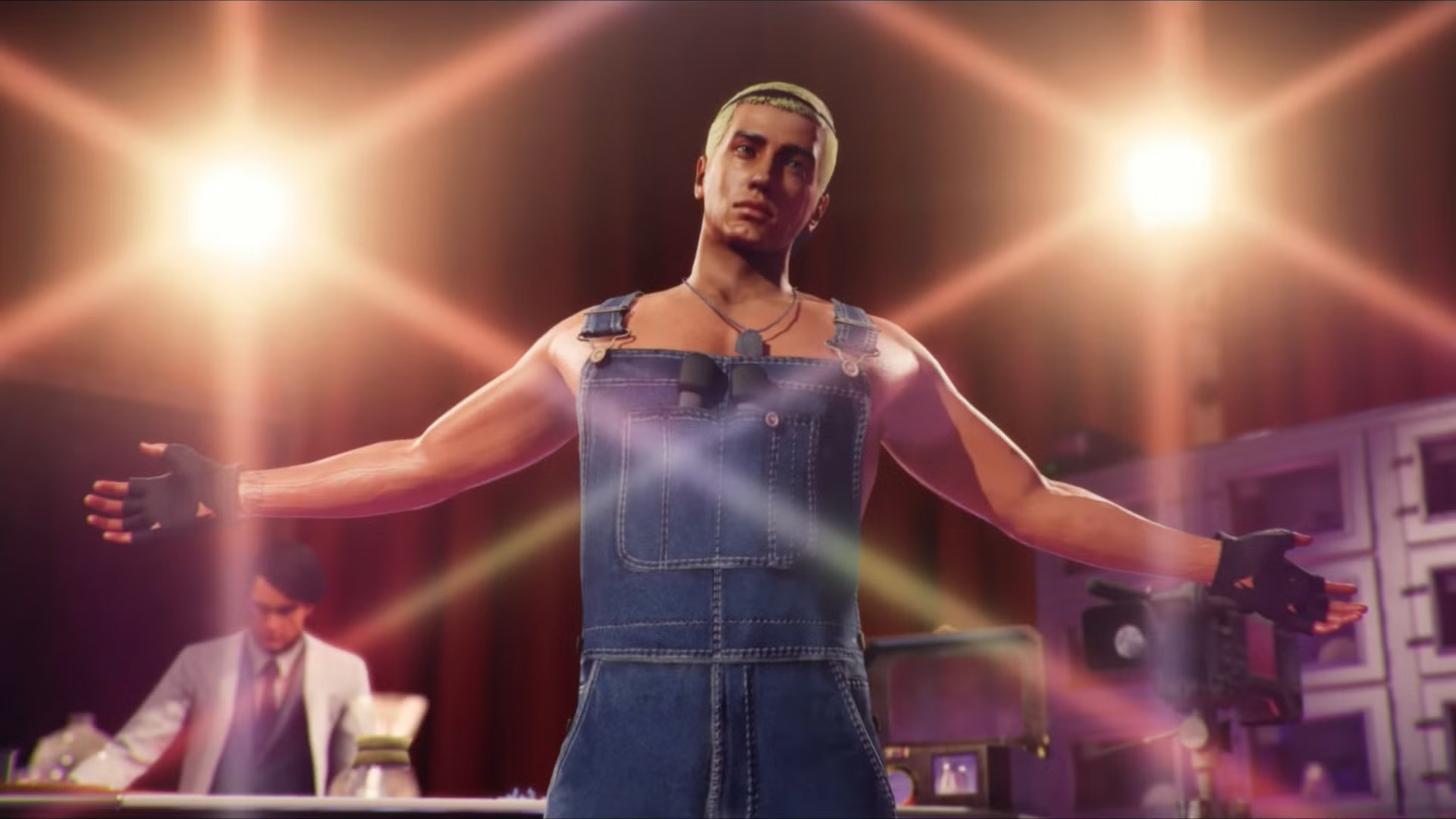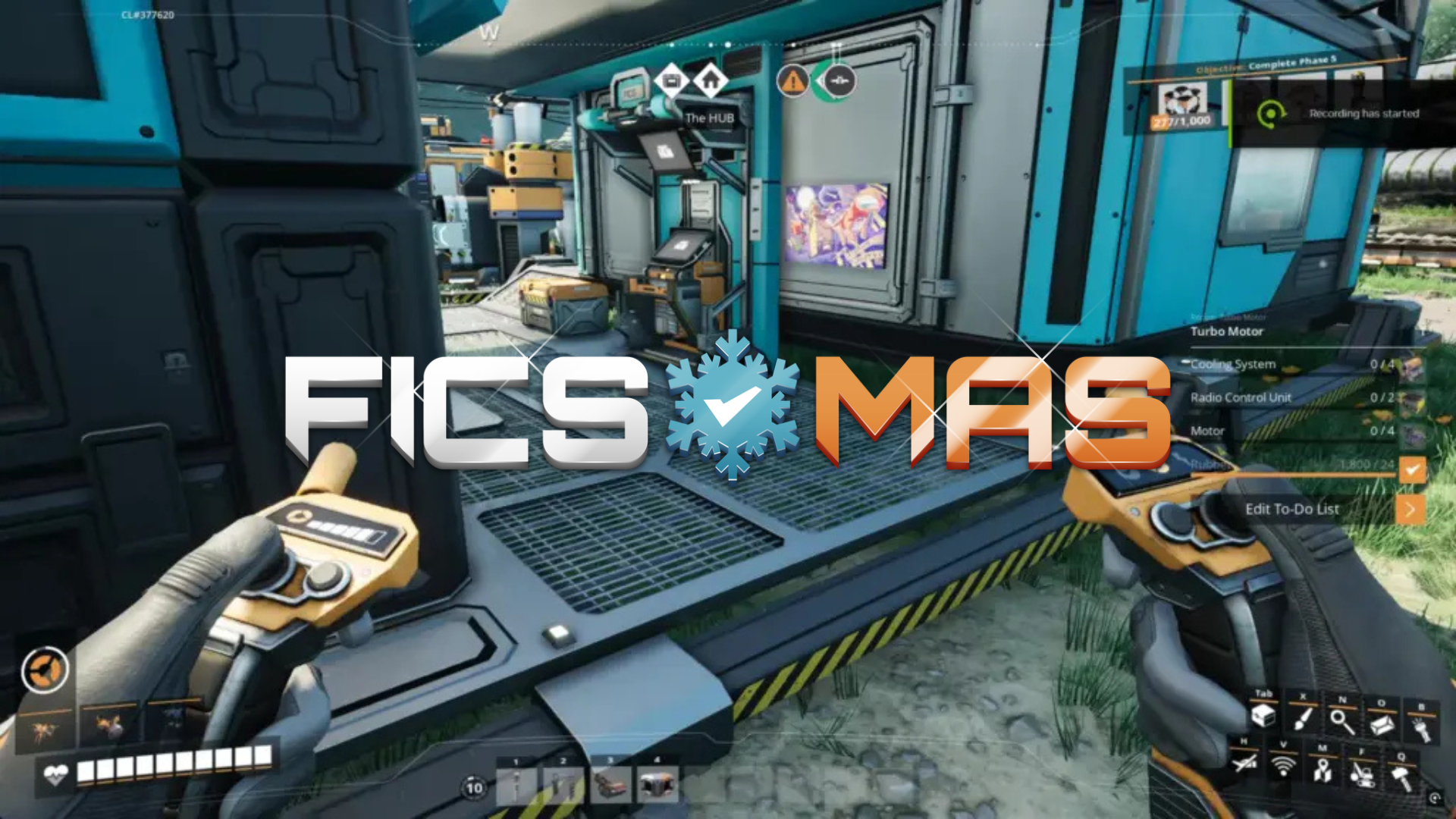Last Updated on Oct 31, 2025 @ 10:17:45 AM.
Releasing on the 21st of October, 2025, Painkiller has made its return to our screens in a blaze of blood and gory glory. Ahead of the release, though, we sat down to speak to Damian Wyspiański, the Creative Director on Painkiller, to discuss what the worries were ahead of development, how they’ve modernised some of the iconic features, and more!
Firstly, thanks for your time! Would you mind explaining who you are and what you do in the upcoming Painkiller game?
I’m Damian Wyspiański, Creative Director on Painkiller. I lead the vision for the project, focusing on design and coordinating creative efforts across art, production, and tech.
How did the decision come about to revisit the Painkiller universe, and, instead of a remake or remaster, make an entirely new entry?
We were approached with the idea of creating a new co-op title in the Painkiller universe. It immediately sparked our interest, there’s something compelling about revisiting a cult classic, but doing so through a fresh lens. As for why not a remake: one already exists, Painkiller: Hell & Damnation. That’s why we felt it made more sense to expand the franchise rather than retread familiar ground. There’s real value in bringing something new to the table.
What’s the one thing you’re most nervous about the audience experiencing in this new look version of the franchise?
The shift to a co-op focus is definitely the biggest leap we’ve taken with the franchise, and we know it’s going to spark strong reactions. Painkiller has always been a deeply personal, visceral experience, just you, a pile of weapons, and a horde of enemies. So naturally, we’re a bit nervous about how fans will respond to sharing that space. Will it still feel like Painkiller if you’re not alone in the chaos?
That said, we didn’t make this change lightly. We saw an opportunity to evolve the formula while keeping the core spirit intact: fast-paced combat, outrageous weapons, and that signature grit. The co-op layer adds new dynamics, but the soul of Painkiller is still very much there.
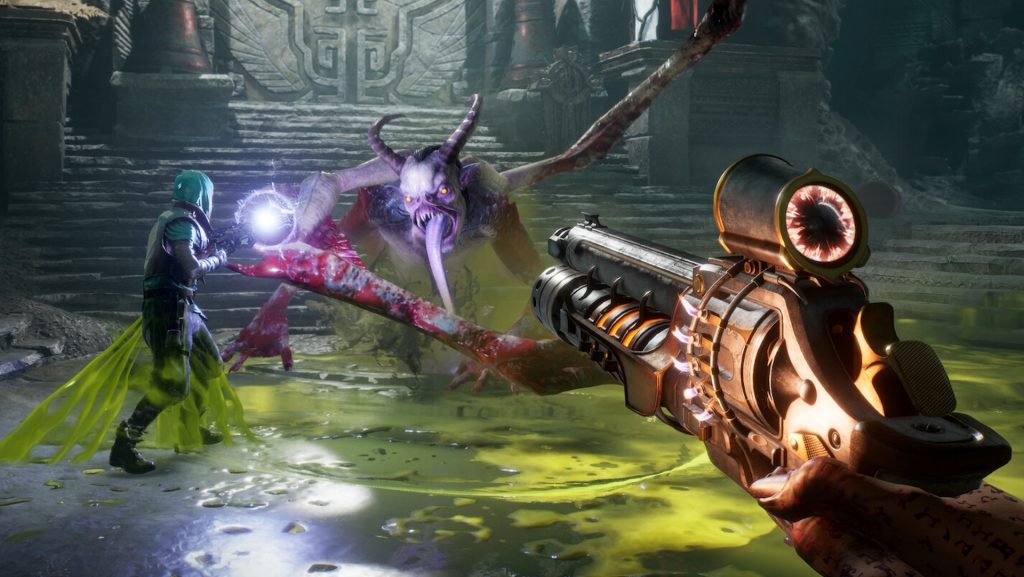
Will we be seeing any familiar faces from the past games, or is this being treated as a completely new universe/new story?
This is a completely new story, built from the ground up with new characters. We felt that bringing legacy characters into a co-op-driven experience, where the dynamic shifts from a lone protagonist to a team of players, just wouldn’t feel right. The narrative, pacing, and emotional beats are all tailored to that multiplayer structure, so rather than trying to retrofit old faces into a new format, we chose to explore fresh ground and let this entry stand on its own.
What was the thinking behind making this a three-player experience, rather than a purely single-player adventure?
From day one, the vision was clear: this needed to be a co-op experience. That decision shaped everything, from the way encounters are designed to how the story unfolds. Building around three-player gameplay meant rethinking the pacing, the mechanics, and even the emotional beats. Trying to straddle both single-player and co-op would’ve led to compromises that risked making the experience feel watered down.
We knew we had to commit fully to one direction, and leaning into co-op gave us room to explore new dynamics and team-based chaos that still feels true to Painkiller’s spirit, just with more firepower and more mayhem.
The parallels between the Painkiller franchise and the likes of Doom and Quake, amongst others, have always been prevalent. How are you approaching it to make sure Painkiller stands on its own two feet?
It’s true Painkiller shares DNA with the modern movement shooter revival, and we’re not shy about that. We absolutely share the same goal: bringing that classic, high-speed, adrenaline-fueled gameplay into today’s gaming space.
But Painkiller is its own beast. The co-op focus alone sets it apart, introducing a whole new layer of tactical chaos and team-driven momentum. Beyond that, the core mechanics and structure diverge in meaningful ways. We’ve built systems that reward dynamic team synergy, things that wouldn’t fit neatly into a traditional solo shooter mold.
So while the comparisons are inevitable, we’re confident that once players dive in, they’ll feel the difference. Painkiller isn’t just following the genre; it’s pushing it somewhere new.
Similarly, how do you think you’ve managed to cater to the classic Painkiller fans, but also appealed to new fans, especially in this modern era of gaming, which is arguably pretty different from when the franchise was first released?
That’s really for the players to decide. We’ve done our best to honor the spirit of classic Painkiller. It’s fast, brutal, and unapologetically chaotic, but we’ve also embraced the reality that gaming has evolved. The co-op focus is a big shift, and while it changes the dynamic, it also opens the door for something exciting: longtime fans can now bring their friends into the chaos, even if they’ve never touched a Painkiller game before.
Our hope is that this shared experience becomes a gateway. Veterans get to relive the intensity in a new format, and newcomers get pulled into the madness through teamwork and mayhem. If we’ve done our job right, both groups will find something to love.
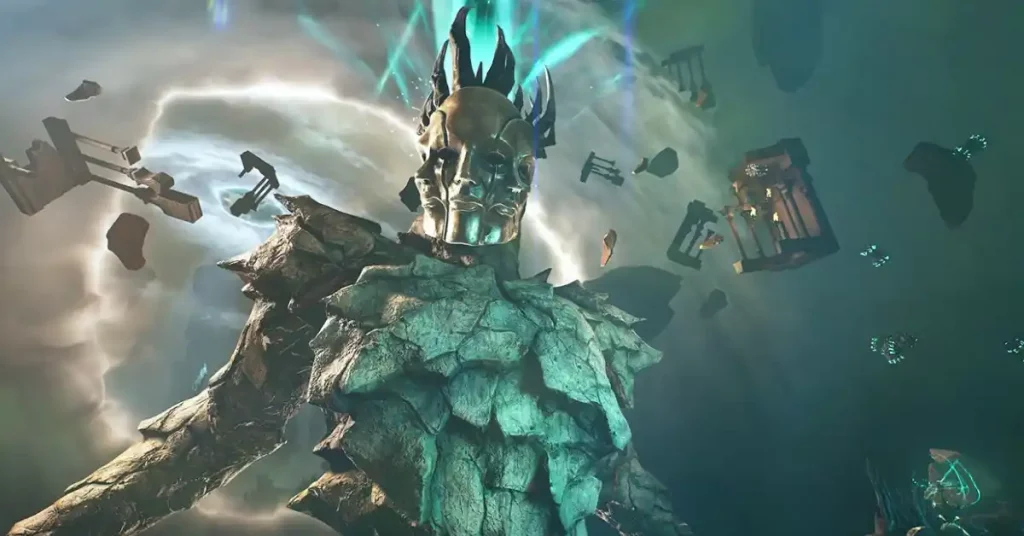
How is the Tarot System different in this entry of the franchise compared to that of the original, and in your opinion, is it possible to play without ever using one (a card)?
We’ve reintroduced it in a way that stays true to its roots: cards are unlocked through gameplay, and there’s a cost attached to using them, just like before. Of course, some of the details have evolved to fit the new structure, but the core idea remains intact.
As for whether you can play without using them, technically, yes, but you’d be missing out on a layer of strategy and customization that adds real depth to the experience. The system’s designed to enhance, not overwhelm, so it’s there if you want it, but it won’t get in your way if you don’t.
If you had to put an estimate on it, what’s the total number of guns x gun attachment combinations available in the game?
Time for some quick math: we’ve got 6 weapons, each with 3 firing modes, one primary and two alt-fires. Every firing mode has two upgrade paths, and each path includes two distinct upgrades. That brings us to a total of 72 unique attack variants.
And we’re not talking about minor stat tweaks here. Each upgrade alters the weapon’s behavior in a meaningful way, new mechanics, new effects, new chaos. So while the weapon count might seem modest at first glance, the depth and variety of playstyles it unlocks is anything but.
And on top of that, there’s the Painkiller itself, the iconic, titular weapon, featuring two distinct attack modes.
The franchise’s iconic Stake Launcher returns, thankfully, but if you had to put your money where your mouth is and name one now, what weapon in this iteration will be considered in 20 years, and why?
It’s hard to top the classics; every weapon in this game is rooted in the original arsenal, and that’s very intentional. We wanted to preserve the DNA that made Painkiller iconic. If I had to bet on one weapon standing the test of time, though, it’s a toss-up between the Stakegun and the Electrodriver.
The Stakegun is already legendary, practically synonymous with the franchise. But the Electrodriver brings a kind of chaotic elegance that’s just as memorable. Both have that unmistakable Painkiller feel: brutal, stylish, and mechanically distinct. I think they’ll continue to define the series’ identity for years to come.
With the reveal of the Rogue Angel roguelike mode, you said “no two runs are the same”. How is that realised? And would it be substantially different, or just different objectives, for example?
Rogue Angel follows the classic roguelite formula, but with a Painkiller twist. Each raid forces you to make real decisions about your loadout, based on randomized drop chances, so your arsenal evolves run by run. On top of that, every next arena is randomly selected from an array of handcrafted levels, meaning you’ll never know what kind of chaos is waiting around the corner.
It’s not just about changing objectives; it’s a full shift in how you approach each run. Different weapons, different upgrades, different environments. The unpredictability is baked into the core, making every session feel fresh, tense, and uniquely brutal.
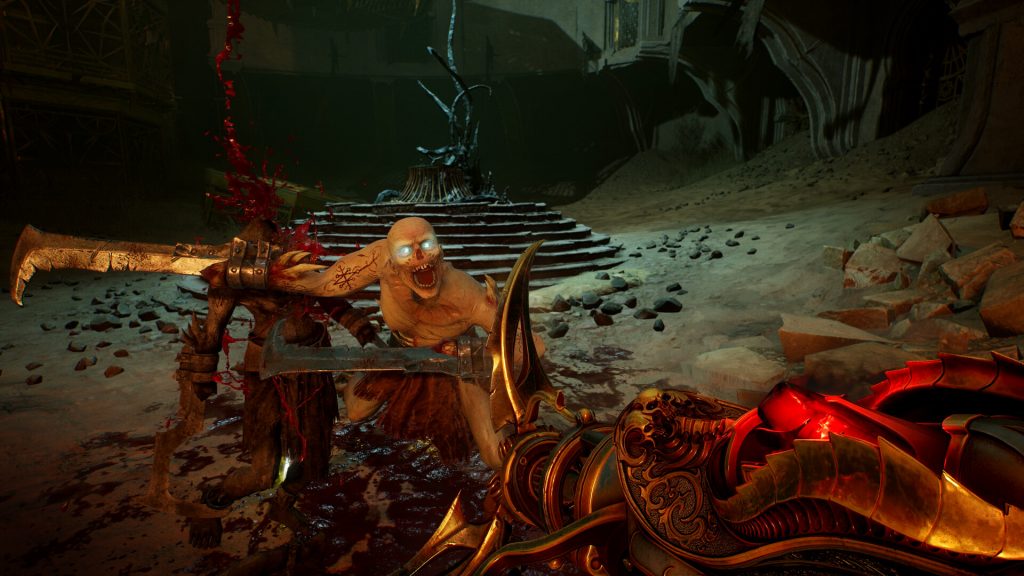
What other modes, beyond Rogue Angel and the campaign, does the game have? Any multiplayer PvP?
Beyond Rogue Angel, the core experience revolves around Raids, our main mode. These are tightly connected through an overarching story, but they’re designed to be replayable with friends, which is a staple of co-op gameplay.
We’ve also included an offline mode, where both Raids and Rogue Angel can be played without an internet connection, using bots. It’s a great way to experiment, practice, or just enjoy the chaos on your own terms.
Over the last few months, there have been growing complaints and concerns over releases using the Unreal Engine 5 engine, and the supposed lack of optimization with it. How are you approaching that with Painkiller to ensure you’re not added to the list?
Actually, Painkiller isn’t built on Unreal Engine 5; we’re using Unreal Engine 4. That was a deliberate choice. We didn’t need most of the new features UE5 offers, and sticking with a version we know inside out allowed us to focus fully on the game itself.
It meant we could lean on our existing experience to optimize performance in a familiar environment, rather than spend time adapting to a new toolset. In the end, it’s about delivering a smooth, responsive experience, and UE4 gave us the stability and flexibility to do just that.
And why do you think so many games are ‘struggling’ with Unreal Engine 5?
It really comes down to experience and familiarity. With any new engine, especially one as ambitious as Unreal Engine 5, there’s a learning curve. Teams can’t just rely on what worked before, because many of the systems and workflows have changed. Not all the quirks are documented yet, and the best practices are still evolving.
It’s a normal part of the process. Developers need time to build up knowledge, experiment, and discover the tips and tricks that make the engine work for their specific needs. The potential is huge, but getting there takes iteration, patience, and a lot of trial and error.
That is one of the many reasons why we stick with Unreal 4 for now.
What does post-launch support of Painkiller look like? Will it be additional characters, weapons, maps, campaign, etc?
There’s always more work to do after release. We’ll be actively improving the experience, squashing any bugs that pop up, and making sure everything runs smoothly. Beyond that, yes, we do have plans for post-launch content and new features. But as much as I’d love to spill the details… I have to keep that part under wraps for now 🙂
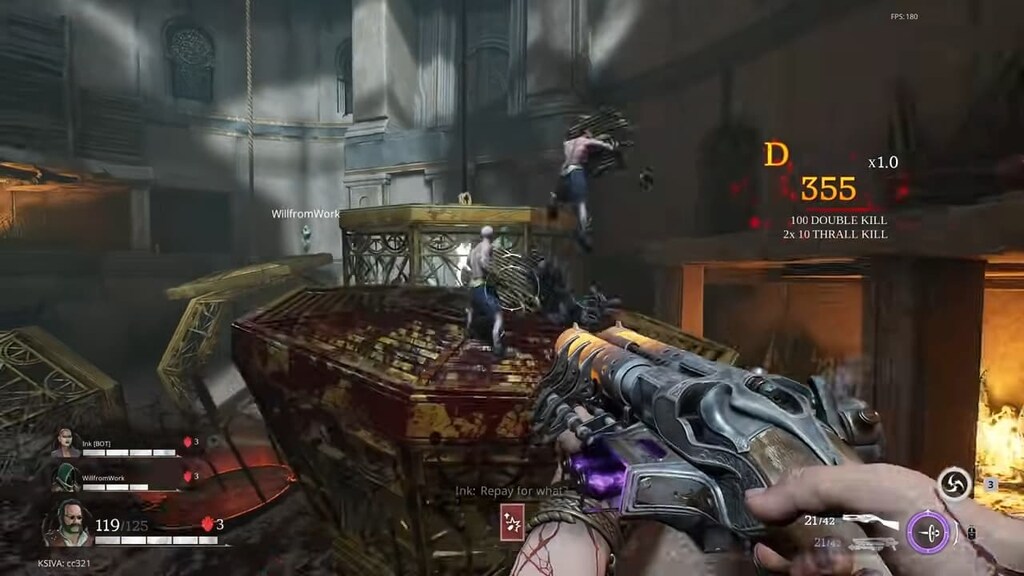
As you’re coming to the end of the pre-release development phase of the game, what’s the one thing you’re most proud of?
I think the weapons, and especially the upgrade system, are something we can genuinely be proud of. It took a lot of iteration to get right, but from the start, we were determined to avoid creating weapons that only differ by stats. We wanted every upgrade to feel meaningful, to actually change how the weapon behaves, not just how hard it hits.
It was a real challenge to take the classic Painkiller arsenal and expand on it without losing what made those weapons iconic. But I think we’ve managed to stay true to their spirit while giving players new ways to unleash chaos.
What is one misconception or idea that people have of what you do, as an individual or a studio, that couldn’t be further from the truth, and ultimately, you’d want them to understand the reality?
It may not be a misconception necessarily, but an important thing to understand for Anshar Studios is that Painkiller was a turning point. It was a massive learning experience for us, especially since it’s our first time leading development on a full-scale FPS, and we’re proud of the game we made.
What’s something you’ve not told anyone, been able to share until now, or otherwise simply not been asked that you want to reveal to us?
Alright, since you asked nicely, here’s a little something we haven’t talked about yet. While the game features a brand-new storyline and cast, we couldn’t resist sneaking in a nod to the original. Somewhere, there’s a hidden easter egg tied to Daniel Garner, the OG protagonist himself.
It’s subtle, but it’s there—a little tribute for the fans who’ve been with the franchise since the beginning. I won’t spoil where or how, good luck finding it.
Oh, and the most important question in this whole interview. You’ve got one opportunity to tell players the most important tip going into Painkiller. What are you telling them?
Don’t underestimate the importance of movement and situational awareness. On lower difficulties, the game’s easy to pick up, but crank it up, and suddenly, positioning, timing, and knowing where your allies are become absolutely critical. Mastering movement techniques and staying alert is the difference between a clean run and total chaos.
Is there anything else you’d like to add?
Just one thing: the new Painkiller is all about chaotic fun with your friends. We’ve built it to be fast, brutal, and endlessly replayable, but always with that signature edge fans expect. I know some players might prefer a pure single-player experience, and that’s totally valid. The original Painkiller is still out there, still playable, and still a blast.
But we also believe there’s value in bringing something new to the table. This isn’t just a tribute, it’s a reimagining. And if it gets a few more people hooked on the madness, we’ve done our job.
For more from us, check out our review of Farthest Frontier, the survival city-builder from Crate Entertainment, or our discussion with the developers of Rogue Blight.
Luke Addison is the Founder and Editor-in-Chief of Thumb Wars. Having previously been a part of multiple outlets over the years, including building an entire gaming team from nothing to something, he thought it best to forge his own path and answer only to himself. As likely to be found playing the latest game as he is in the kitchen relaxing (by cooking), he always brings the same bold and brash attitude to everything he does, with a heavy leaning on sarcasm and dry wit!

